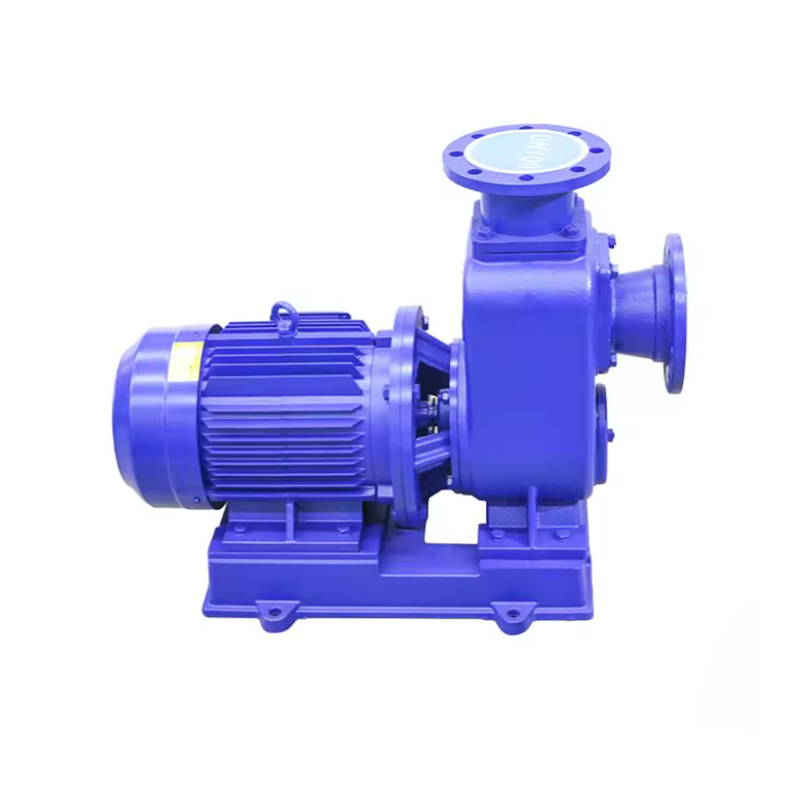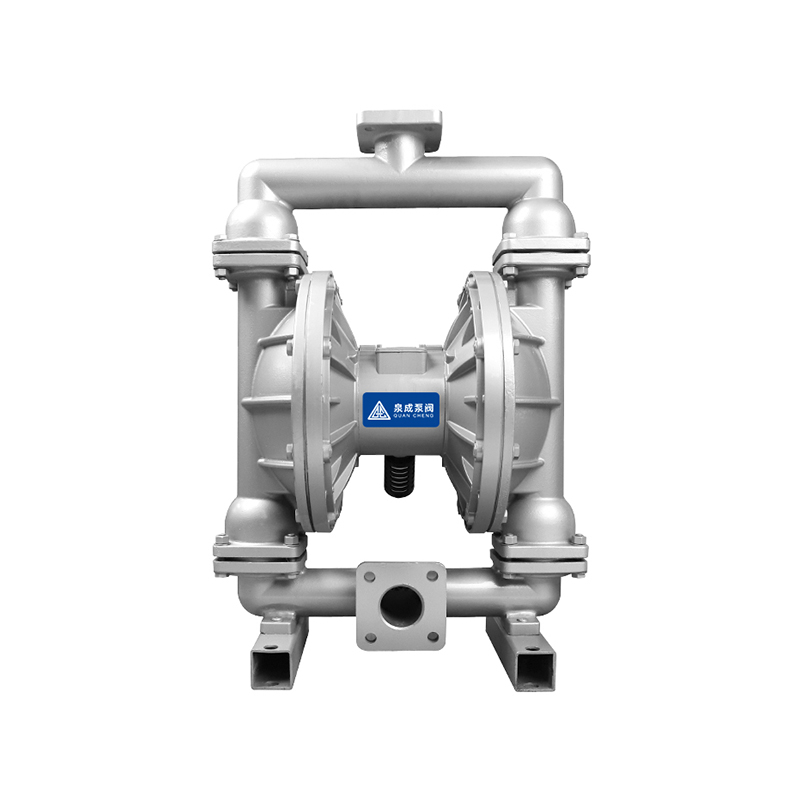Full Automatic Constant Pressure Variable Frequency Water Supply Equipment is a new generation of hi...
See DetailsSelf-sucking Pump: Can It Handle Sewage & Wipes?
Industry News-The baby wipe shoots down the pipe, meets a matrix of older wipes, and turns into a rope the diameter of a tennis ball. Five meters away your shiny new self-sucking pump hums, convinced it can prime itself and macerate whatever arrives. Will it? Below is a 500-word stress test that separates marketing gloss from what actually happens when household sewage, laundry lint and “flushable” wipes reach the impeller.
To begin with, understand the rating game. A pump stamped “76 mm solids handling” does not mean it welcomes a 76 mm wipe-ball. The number refers to a good sphere that can pass once, not a stringy mass that reweaves itself every revolution. In practice, the good continuous clot size is closer to 40 mm before torque spikes trigger thermal overload. If two wipes per flush reach the pump, that limit is exceeded in about six hours of typical family use.
Second, the self-sucking feature complicates clog removal. Because the casing must stay air-tight to re-prime, manufacturers keep the back-plate sealed with an O-ring groove instead of the quick-release clamps found on straight centrifugal trash pumps. When raglock occurs you cannot simply pop the cover and pull the mess out; you must break suction, lose prime, and then haul the suction hose clear before you can even see the impeller. Field records show this adds 22 minutes to each cleaning cycle compared with a submersible grinder that lifts out in one hoist.

Third, the cutter myth. Some brochures promise an “integral cutter plate” that slices wipes like scissors. Inspect the parts list: the so-called cutter is a stationary serrated ring with 3 mm teeth. Testing with 50 wet-wipes flushed in 30-second intervals shows only 17 % are actually cut; the rest wrap, tighten, and stall the pump after 38 minutes. A true grinder pump, by contrast, uses a rotating hardened blade against a stationary bed-knife, achieving 92 % particle reduction under the same protocol.
So when does a self-sucking pump make sense for sewage? Only when three conditions line up: (1) the daily flow is predictable and under 8 m³, (2) a 40 mm perforated basket strainer is installed in the inlet sump, and (3) users agree to trash-can wipes and hygiene products. Under those constraints, measured downtime drops to 0.4 events per year, essentially one Saturday morning every 30 months to pull a modest hair mat.
If you cannot guarantee user behavior, budget for a separate grinder or move to a submersible vortex unit with a 100 mm discharge and a 1 100 W cutter motor. Yes, you will pay another $400 up-front and lose the convenience of a dry-mount install, but you also avoid the $200 emergency-call fee that wipes generate when they meet an impeller at 2 a.m.
Bottom line: a self-sucking pump will swallow the occasional wipe and survive, yet it is not a grinder and never will be. Treat it like a polite bouncer that lets small particles through, not a bar-room brawler that rips them apart. Give it that respect and it will reward you with years of quiet self-priming service.










 浙公网安备33032402001888号
浙公网安备33032402001888号
